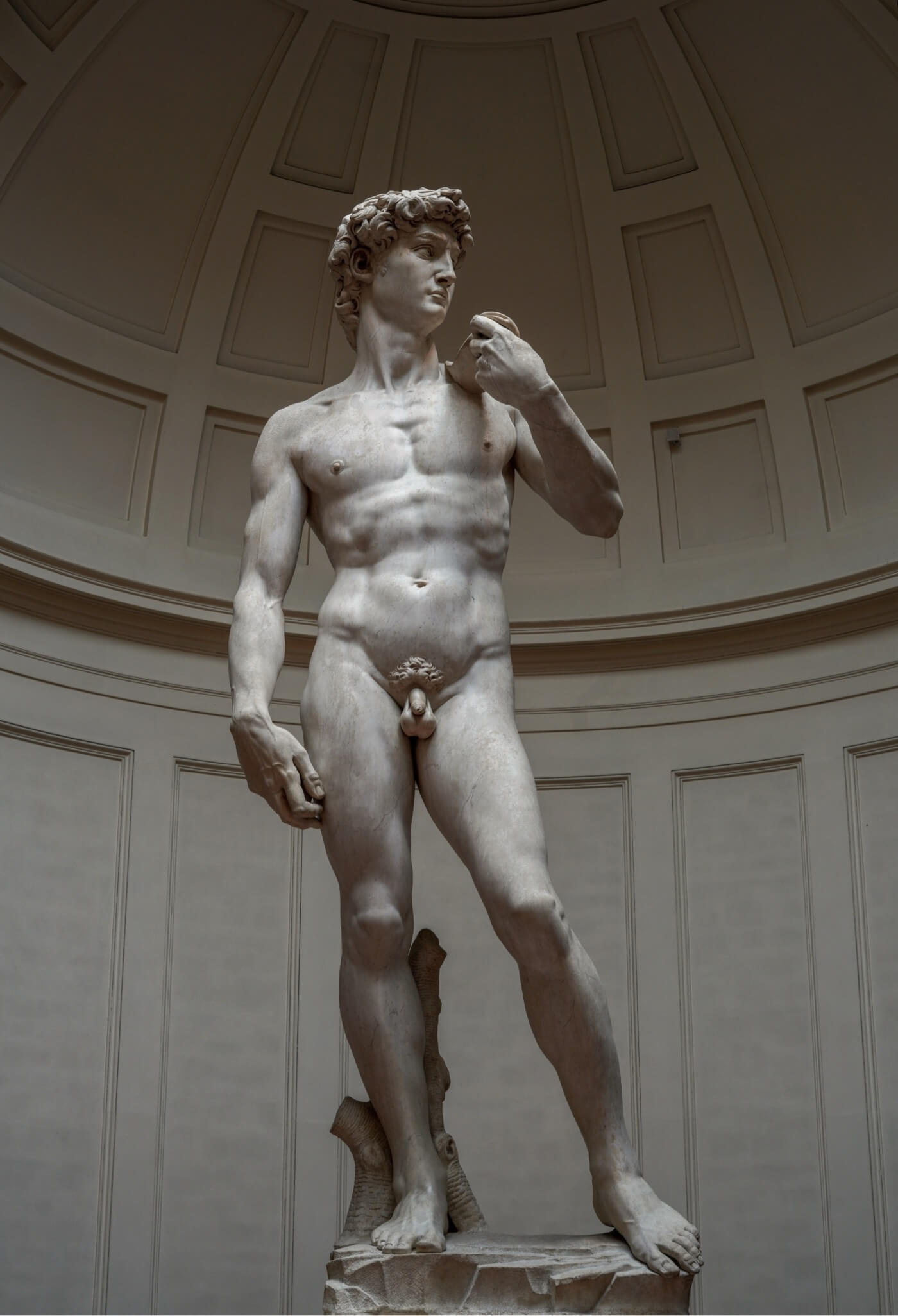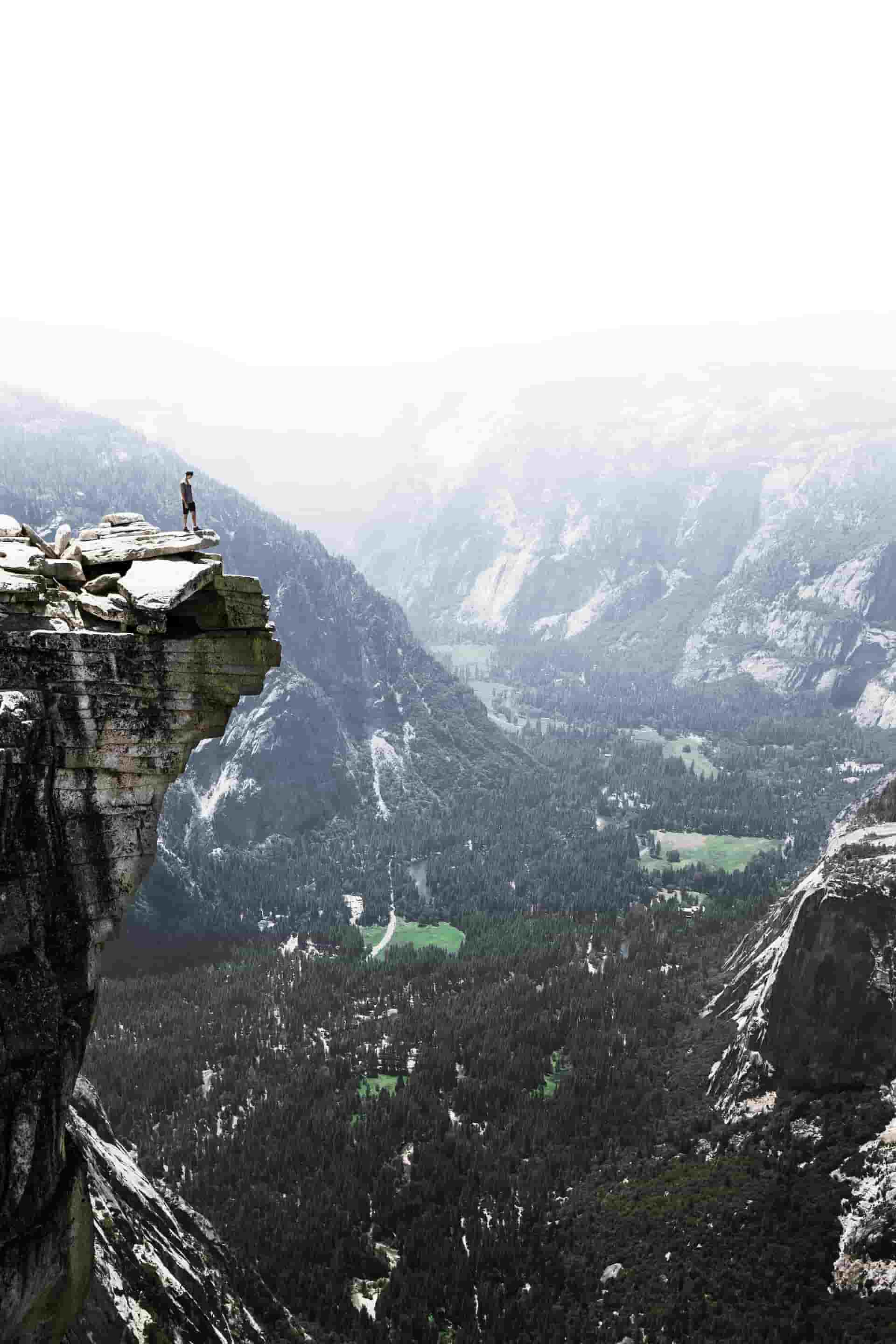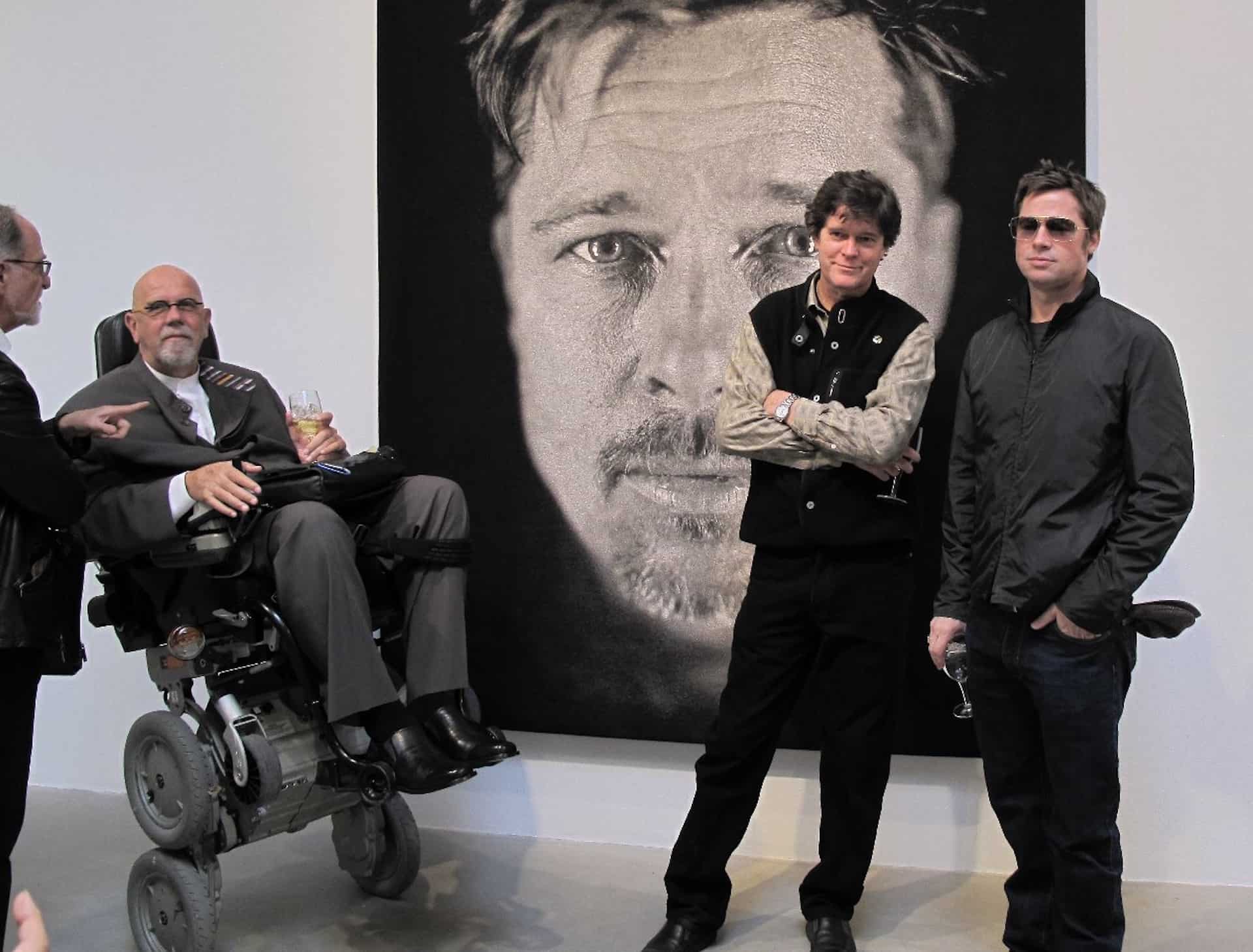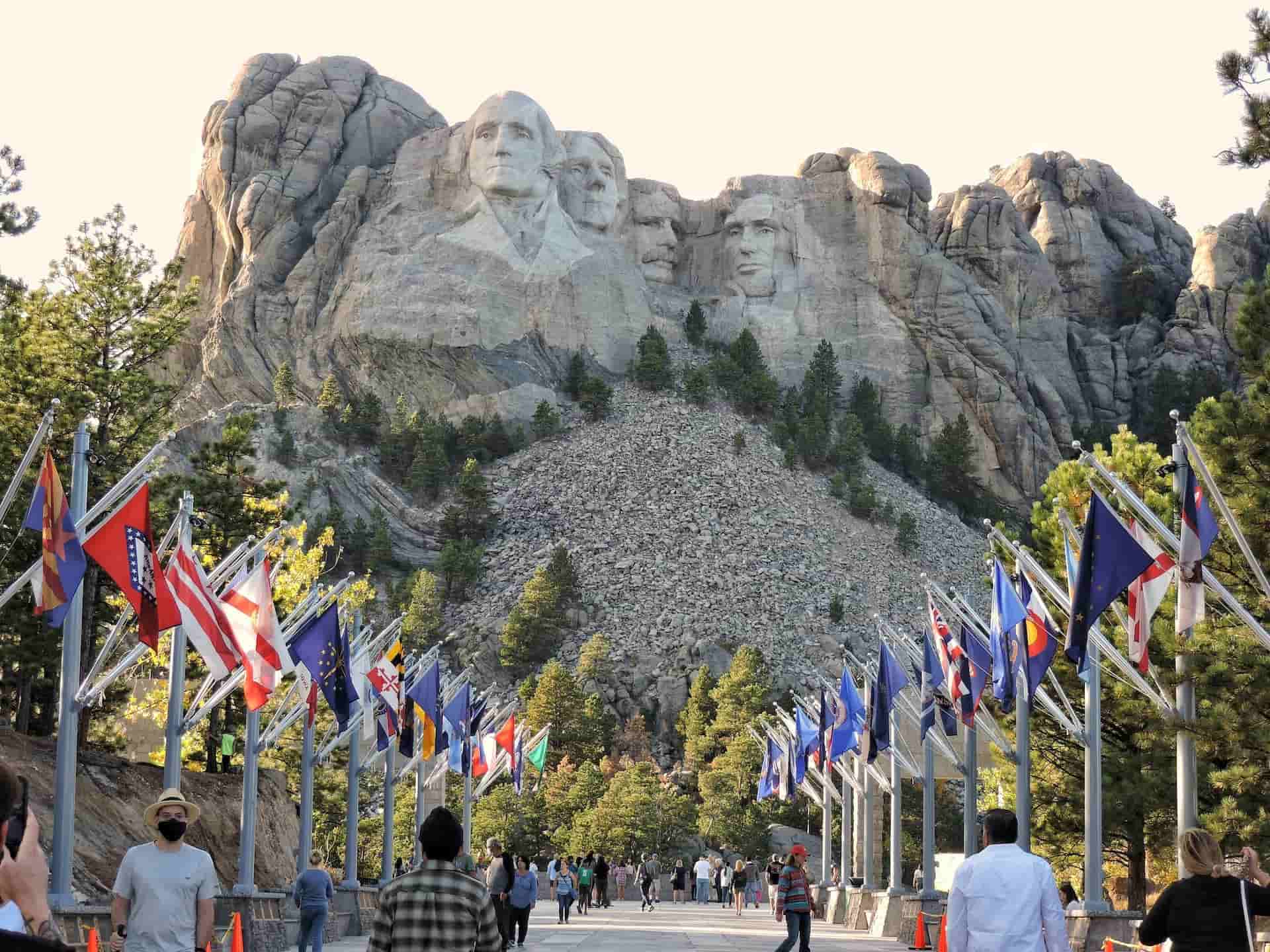Have you ever stood next to a work of art and felt small? Whether it was a sculpture, painting, or building, odds are whoever created it aimed to make you feel that way. And they achieved this through scale. Human beings have a natural awareness of size and space. Artists often use this awareness to elicit specific responses in the viewers of their work. What is scale in art and composition? In this article, we’ll take a look at how scale is used to achieve these responses. We’ll also analyze the difference between scale and proportion and how proportion in cinema can be used to create scale.
What is Scale in Art and Composition?
What does scale mean in art
In some artistic mediums, scale cannot be achieved without an intentional use of proportions. Let’s look at the scale art definition to better understand how and why it is commonly used in composition in art.
SCALE ART DEFINITION
What is scale in art?
In art, scale refers to the size of one whole object in relation to another whole object. Artists use large scale art and small scale art to create different effects on a viewer through their perception of size. Scale, while often confused with proportion, if different. Proportion refers to the relationship between the different sized components within one whole composition. Human beings have an innate perception of size. Because human beings often use themselves as a baseline of comparison, artists use scale to create different effects through their art.
What is the scale in art used for?
- Emphasizing importance
- Highlighting detail
- Forcing perspectives
For a deep dive into all the elements of composition, download our FREE Ebook: Elements of Composition in Art, Photography & Film.
Free downloadable bonus
FREE Download
The Complete Guide to Composition Elements
When you master composition, you master the ability to tell a story, create a mood or deliver a message in a single image. Download our FREE e-book that covers the various elements of composition and the relevant techniques you can use to arrange, and compose the perfect image.
What Does Scale Mean in Art
Proportion vs scale
We're going to dive into the effects that artists create through varying scales and proportions. But first let's clarify the distinction between proportion vs scale and how they relate.
To reiterate the definition of scale, it is the relationship between the size of one whole object to the size of another whole object.
Proportion, on the other hand, is the relationship of size between various components within one whole object.
Let’s take, for example, the iconic statue of David by Michelangelo. In this photo, you can see how much larger the statue is compared to the people surrounding it. This relationship between the size of the statue and the people make it large-scale.

Statue of David • Scale in art examples
Within the statue are different components of the body such as arms, legs, torso, and head. The relationship between the size of these different components to each other is referred to as proportion.
Because the size of the legs, arms, torso, and head in reference to each other are accurate to real human anatomy, the statue has near perfect proportions.
In specific mediums such as paintings, photography, and cinema, proportions of a singular composition can be used to create scale.
For example, in this landscape image of Yosemite the composition’s proportions of landscape to human subject favor the landscape. This creates a sense of a greater scale in the image.

Scale in art examples • Photography
As you can see, artists capture scale through intentional use of compositional proportions. Artists of all mediums utilize scale for different effects. Let’s take a look at the different effects of scale in art.
Related Posts
What is Scale in Art Used For?
Create emphasis in large scale art
When artists create a work of art that is larger than a human body in size ratio, it is considered large scale art. Large scale art can create an impression on a viewer from its sheer size. This is especially true when artists make artwork that represents subjects larger than they appear in reality.
For example, artist Chuck Close is known for creating large scale paintings based on portrait photographs. This creates a portrait that is often imposing, powerful, and demands attention.

Chuck Close • Art that uses scale
Large scale art is also used for emphasis. This emphasis can be on the importance of the subject of the artwork. A great example of this is Mount Rushmore. Sculptor Gutzon Borglum oversaw the project of sculpting Theodore Roosevelt, Abraham Lincoln, George Washington, and Thomas Jefferson on such a massive scale. The large scale sculpture emphasizes their importance to American history.

Mount Rushmore • Scale artwork
What is Scale in Art Used For?
Draw focus to detail
On the other side of the spectrum of scale is small scale art. Small scale art is often used to draw focus to detail and intricacy within an artwork. Because small scale artwork is much smaller than the human body, viewers can look at the piece from vantage points they wouldn’t have otherwise.
This is one of the biggest appearls of miniature artwork. Miniature artist Joshua Smith loves small scale art because it gives him the ability to highlight the detail and beauty of things that are often overlooked in his work. Check out his work and his thoughts on small scale art in the video below.
Joshua Smith — Miniature Artist • Makers Who Inspire
Whether it is small or large, scale in art can create new perspectives that impact how a viewer perceives a work of art. Within the realm of cinema, scale can become more difficult to create because of the 2-dimensional medium of film. Because scale often is often determined by the size of a work art compared to our own human bodies, how is scale created in the medium of film?
Related Posts
What is Scale in Art and Cinema?
Creating scale in cinema
While photography, sculpture and even paintings have the ability to increase the size of the work compared to a human viewer, cinema often lives on a fixed screen within home or theatre.
While it can be difficult there are various filmmaking techniques that utilize proportions to create scale in a film. It’s all about how the filmmaker captures their subject (often a character) in relationship to another object or setting.
Composition
The most fundamental way to create scale in cinema is through composition. Within a shot composition, proportion can be used between a subject and their environment to create scale. This is most typically used in establishing shots. Check out or video breakdown of camera shots to see a few examples of scale created in establishing shots.
Ultimate Guide to Camera Shots: Every Shot Size Explained • Subscribe on YouTube
As you can see from the examples in the video, how a filmmaker proportions a subject to their environment within a composition can greatly impact the scale of the shot.
Camera movement
Beyond composition, camera movement is another tool filmmakers have to create scale, specifically the camera tilt. Upward tilts are a great camera movement to fill the frame with the height or size of another object or environment in a shot.
A great example of this can be found in Inception, one of Christopher Nolan’s best films. Check out our analysis of a scene from Inception that uses the camera tilt in our ultimate guide to camera movement.
Ultimate Guide to Camera Movement • Subscribe on YouTube
The upward tilt camera movement can change the proportions of a composition so that the scale changes. While a shot might start with a character taking up most of the composition, a camera tilt will shift the proportions to favor a larger object or environment.
Set Design
Sometimes, filmmakers utilize proportion on screen to recreate large scale environments. For example, miniature sets are often used as a cheaper and more controllable environment. But to make them appear realistic, filmmakers shoot these miniature sets to take up more space on screen.
This was the technique used in Ghostbusters to capture the Stay Puft Marshmallow Man rampaging through the city. For an in-depth look into how the Ghostbusters’ production team used small-scale set design to create large-scale cinematography, check out the video below by Cinefix.
Ghostbusters' Stay Puft Marshmallow Man • Art of the Scene
The technique of using varying sized sets and set pieces to manipulate human perception of size and space is known as forced perspective. It is a common technique used in cinema to make characters appear larger or smaller in scale compared to their environment. For example, in this playful moment in Eternal Sunshine of the Spotless Mind.

Scaling in art • Eternal Sunshine of the Spotless Mind
Let’s recap. Human beings have an impulse to place themselves at the center of comparison when it comes to size. This impulse can be used by artists by making an impact through scale. Within specific mediums such as cinema, scale is achieved through the proportions of a composition.
The relationship human beings have with size in space should not be overlooked by artists of any medium. It is something they can capitalize on for impact and effect. Hopefully this article has given you insight on the impact of scale and proportions within art and inspired you to explore how you can use it in your own work.
Up Next
What is Forced Perspective?
If you want to manipulate scale in your cinematography, it’s crucial to understand forced perspective. Forced perspective can be used creatively to manipulate how audiences perceive size and space in a shot. Learn more about forced perspective in our next article.
Up Next: Forced Perspective Explained →
Showcase your vision with elegant shot lists and storyboards.
Create robust and customizable shot lists. Upload images to make storyboards and slideshows.

